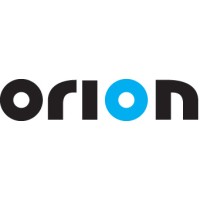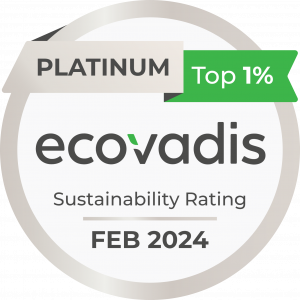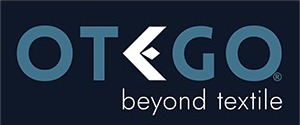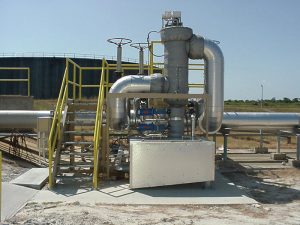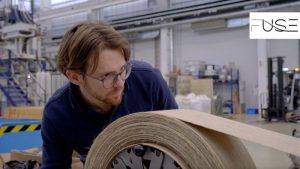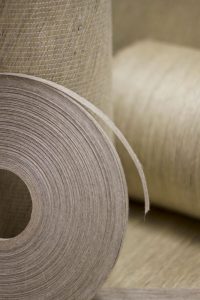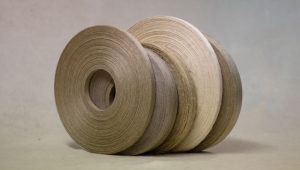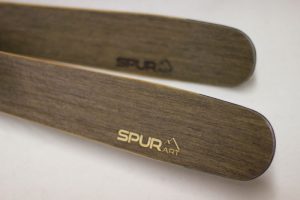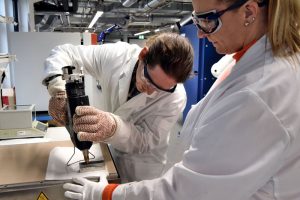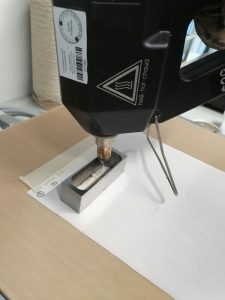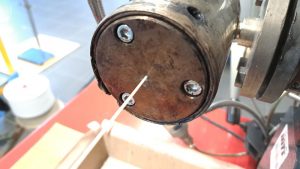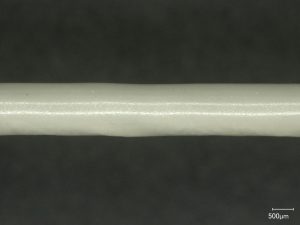 SHANGHAI — April 25, 2024 — Envalior, the new engineering material powerhouse, emerged from the combination of two highly complementary industry leaders in engineering materials – DSM Engineering Materials (DEM) and LANXESS High Performance Materials (HPM), made its debut appearance at Chinaplas 2024 in Shanghai. The company revealed its latest innovations across various application fields, with a focus on the innovative trend of new mobility and sustainability. Envalior’s diverse range of advanced materials and innovative technological solutions will further enhance products and accelerate sustainability in many industries.
SHANGHAI — April 25, 2024 — Envalior, the new engineering material powerhouse, emerged from the combination of two highly complementary industry leaders in engineering materials – DSM Engineering Materials (DEM) and LANXESS High Performance Materials (HPM), made its debut appearance at Chinaplas 2024 in Shanghai. The company revealed its latest innovations across various application fields, with a focus on the innovative trend of new mobility and sustainability. Envalior’s diverse range of advanced materials and innovative technological solutions will further enhance products and accelerate sustainability in many industries.
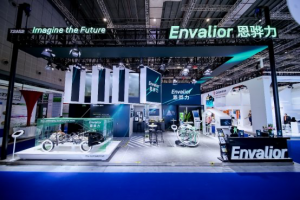 With increasing green and low-carbon initiatives, there are heightened demands from governments, investors, and consumers alike to reduce carbon footprints and enhance operational sustainability in the chemical industry. Simultaneously, driven by industries such as the electric vehicle (EV) sector, the transformation of manufacturing, the rapid development of technology, and the sustained growth in the demand for high-performance and special engineering materials continues.
With increasing green and low-carbon initiatives, there are heightened demands from governments, investors, and consumers alike to reduce carbon footprints and enhance operational sustainability in the chemical industry. Simultaneously, driven by industries such as the electric vehicle (EV) sector, the transformation of manufacturing, the rapid development of technology, and the sustained growth in the demand for high-performance and special engineering materials continues.
Envalior showcased a wide range of automotive components and non-automotive applications during this event, including E&E, appliance components and more. Through a series of interactive demonstrations, Envalior aims to highlight its innovative solutions in high-performance and special engineering materials across a variety of industries. Additionally, Envalior is committed to driving a more sustainable and circular economy and to reducing greenhouse gas (GHG) emissions in entire value chains.
Applications highlighted at the Envalior booth include:
- Electric vehicle bearings engineered with Stanyl® PA46 material, whichprovides stiffness at high temperatures and offers unique advantages in mechanical performance and cost-effectiveness. Motors can run up to 30,000 rpm and more to offer the best driving experiences in NEVs. At such high rotation speeds, the performance of the bearings and the use of bearing cages becomes a challenge. Stanyl PA46 outperforms any PA66 or ceramic solutions in mechanical performance and any PEEK alternative in terms of cost.
- Automotive cross-car beams engineered with Akulon®/Durethan®, which reduces carbon footprint, decreases weight, and enables precise tolerances. As automotive OEMs are lightening vehicles, traditional metal components, such as automotive cross car beams, are being replaced with plastic or hybrid alternatives. These innovative parts not only offer a host of benefits, they offer a multitude of integrated functions—all without compromising performance.
- Automotive air spring mounts engineered with Akulon/Durethan enhance driving pleasure and comfort. With the increasing demand for air springs, OEMs are looking for cost reduction and production efficiencies, so a shift towards replacing metal with plastics is evident. Envalior’s portfolio, featuring PA6, PA66, and TPC, offers the ideal materials to facilitate cost and weight reduction while promoting eco-friendly solutions for air springs.
- Electric vehicle high-voltage connectors engineered with Pocan®/Arnite®PBT and Akulon/Durethan PA66, both materials are flame retardant with good electrical performance and processability, which provides a safer and more efficient performance balance. HV connectors are designed to ensure robust connections for those systems in all working conditions of the vehicle. Akulon SG-KGS5/HV & SG-KGS6/HV offer a balanced performance in terms of outdoor F1 requirements, flaming retardancy, electrical performance, easy processing, mechanical creep performance & insurance of sealing to IP67. With those features integrated into the Akulon SG series, an EV high voltage connection gets safer and better. In parallel, Envalior also tailor-made Pocan PBT BFN4232HR with CTI up to 600V, to overcome risk of ion/ silver migration during high voltage charging and it has intrinsic advantages in dimensional stability and color stability to ensure high voltage connection & recognition.
- High-performance athletic shoe midsoles engineered with Arnitel®, a thermoplastic copolyester material adaptable to various foaming techniques. Also, Envalior’s Tepex® advanced composite materials is another engineering material that is expected to be utilized in new “TOP BRAND” models in 2025. Arnitel offers a unique product portfolio for various foaming technologies, which offer the possibility to achieve best in class rebounds and comfort in combination with longer life vs PEBA. Furthermore, Envalior offers low carbon footprint solutions to decrease the environmental footprint of shoes. Numerous midsoles made with Arnitel are in production right now and will enter the market in 2024 and 2025.
- A Power Control Unit (PCU) for EVs engineered with Xytron™ PPSmaterial that meets key requirements, such as flame retardancy standards and insulation performance, ensuring driving safety and performance. At the core of an EV, the PCU assumes a pivotal role in managing power and ensuring safety while driving. In terms of material selection, a number ofcritical requirements should be met for optimal performance: flame retardancy rated UL94 V-0, exceptional insulation properties spanning from -40 to 160°C throughout its operational lifespan, reliable dimensional stability, resistance to creep, and resilience against thermal shock-induced cracking. Additionally, it should be e-Friendly to avoid corrosion. Xytron™ PPS meets all these requirements, establishing itself as a reliable material across various sub-applications, including inverters, converters, electric motors, insulated-gate bipolar transistors (IGBT), and capacitors.
Jason Zhang, managing director of Asia, said, “Our customer-centric mindset drives us to consistently introduce sustainable, high-performance material solutions that align with market trends and demands. We are dedicated to supporting industries in transitioning towards greener, more environmentally friendly, and more effective products and applications.”
The 36th International Exhibition on Plastics and Rubber Industries, which is known as CHINAPLAS 2024, takes place from April 23-26 at the National Exhibition and Convention Center, Hongqiao, Shanghai (NECC). You can find us in Hall 7.2, Booth A52.
*Envalior is a supplier of Engineering Materials with over 4,000 employees worldwide. It was established in 2023 through the merger of Lanxess Performance Materials and DSM Engineering Materials.
Posted: April 25, 2024
Source: Envalior

